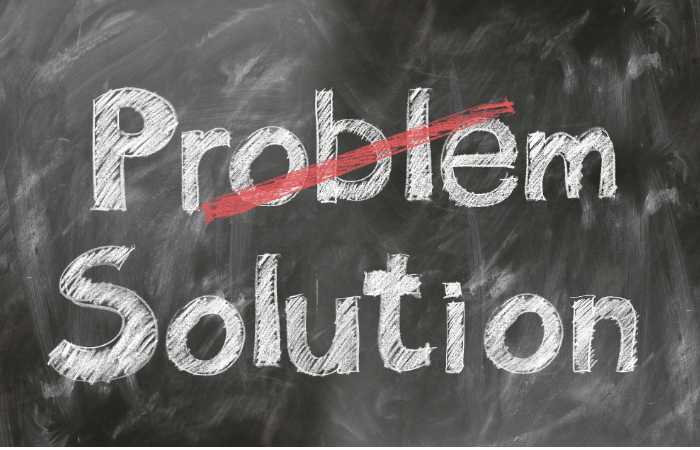Who Does What and Why
When you think about the responsibilities between marketing and sales, it seems fairly straightforward. Marketing ignites interest, while the sales team is responsible for getting people to buy. Traditionally the responsibilities of the two teams were typically broken down as follows:
But this scenario is quickly changing. Because a good amount of B2B shopping and purchasing has moved to the internet, your marketing collateral plays a much larger role in capturing, keeping, and directing your prospects’ attention. It’s often your marketing material that is moving a new customer closer to a purchase, so now more than ever it’s time for you to think about digital sales and marketing in distribution.
Important to note…. this is NOT about eCommerce. This is about giving your customers the information they are looking for online.
The New Normal
If you take a look at the chart below, which depicts the standard lifecycle of a long-term loyal customer, you’ll get an idea of how much interaction the customer has with your collateral before, during, and after the sales process. Every item mentioned below plays a role in moving the individual closer to his next purchase.

The sales cycle, also known as the buyer’s journey, is filled with touchpoints between your company and your buyer. Most of these touchpoints result from material turned out by your marketing team, however. In other words, your marketing collateral either already plays or eventually will play a vital role throughout the entire cycle.
As you read through the items in the chart above, think about the prospects in your pipeline right now. When making buying decisions, a customer often does as much research as possible. Their interaction with most of your collateral is self-directed. They’ll each move through the various touchpoints at whatever speed and in whatever order is most comfortable for them.
Putting the Infrastructure in Place
Because a buyer’s journey is no longer linear, it’s a good idea to build out your online sales funnel with steps that ensure a buyer doesn’t stall or fall out of your sales funnel. They usually get close to a final decision before ever picking up a phone to call a salesperson. For this reason, a lot of buyer influence resides in the hands of your marketing collateral, so it makes sense for the sales team to get more involved in its creation.
By producing collateral that deliberately moves a buyer closer to a sale, and by using a system that keeps tabs on where each buyer is in the sales cycle, your company will have its best chance to capture, hold, and guide each buyer closer to the sale. Your marketing team won’t be able to do this on their own, however, because unless they’re mapping out a buyer’s journey with the sales team, they won’t know what moves a prospect closer to a sale.
Aligning the Sales and Marketing Teams
Marketing needs input from sales about each audience so they can design collateral that will move the audiences closer to a sale. Along those same lines, your salespeople will need information from your marketing team. The sales team will want to keep tabs on which collateral is attracting which prospects and customers, along with which customers clicked on links to product pages and perhaps visited other pages as well. This will help prepare your sales team for their next interaction with the customer.
In fact, both teams should know which prospect is taking action or moving more quickly through your sales funnel. And, both teams should also know what’s working, what isn’t, and why so that your sales funnels can be repeatedly refined. If your marketing collateral isn’t generating enough new opportunities, or if the sales team isn’t converting enough prospects into sales, it’s important to see where the problems lie. Aligning the two teams and having them work together on this will be helpful in resolving these issues.
On the other hand, a lack of alignment between the sales and marketing teams may result in finger-pointing when such problems arise. Even worse, the disconnect between the two groups can leave substantial amounts of money on the table—opportunities lost either because of a simple lack of communication or a lack of the right information being turned out and gathered by the two teams.
Distribution can take cues from other industries, many of which have been taking significant strides toward integrating their sales and marketing departments. Some of the changes I’ve seen include marketing teams taking on new and more important roles and responsibilities. I’ve also seen inside sales teams contributing more to the presale planning processes.
Moving in this direction is most necessary if a distribution company wants to leverage the internet to keep its sales funnel full. It’s that simple. We’d love to help you get started. Click here for a complimentary consultation about your next steps.






